Are you looking for a nutritional substitute for chia seeds?
Chia seeds have become popular due to their high levels of Omega-3 fatty acids, fiber, and protein.
But some people may be allergic or intolerant to those ingredients. If that’s the case, have no fear!
There are plenty of other options available that can provide your diet with the vitamins and minerals you need.
In this blog post, we’ll explore several alternative sources that make excellent substitutes for chia seeds.
What Are Chia Seeds?
Chia seeds are small, nutritionally dense seeds that contain a wealth of nutrition, including fiber, protein, omega-3 fatty acids, calcium, magnesium, phosphorus, iron, zinc, B vitamins, and antioxidants.
Chia seeds are popular in cooking and baking recipes due to their versatility.
They can be added to smoothies, oatmeal, yogurt, salads, or baked goods such as muffins and breads.
They can also be a gel-like base for making homemade desserts or energy bars.
Chia seeds can be soaked in liquid to form a nutrient-rich gel that can be used as an egg substitute in vegan baking recipes or added to dressings and sauces for a thicker texture.
When mixed with water, chia seeds turn into a “chia pudding”, similar to tapioca pudding, making for a tasty and healthy snack.
Chia seeds are also used to make chia fresca, a popular Latin American drink made with lime juice, sugar, and water.
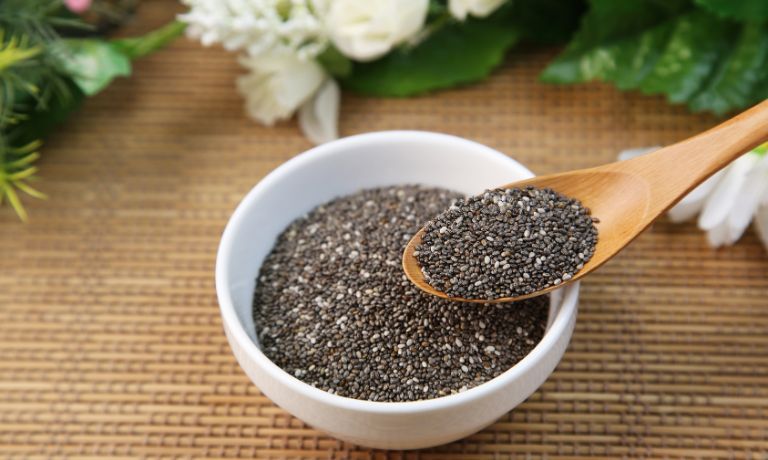
Substitutes For Chia Seeds
Chia seeds are a nutritious ingredient that can be added to various recipes but may not always be available.
Luckily, several suitable alternatives will provide similar benefits and enhance the flavor and texture of your dishes.
Flaxseed
Flaxseed is a seed that comes from the flax plant, which is an annual herb.
It is high in essential fatty acids and dietary fiber, making it a popular choice in many vegan and vegetarian diets.
It can be ground into a meal or used as a crunchy topping on salads or cereals.
Flaxseed has a nutty, slightly sweet flavor, making it a great addition to many recipes.
It can also be used as a substitute for chia seeds in baking and cooking.
When using flaxseeds as an alternative to chia, remember that they don’t have the same thickening properties.
Flaxseed is best used as a replacement for chia when a crunchy texture is desired rather than one that provides structure and bulk.
For baking, you can grind the seeds into a meal and use it in place of regular flour or mix it with other ingredients like oats or nuts.
Be sure to refrigerate the flaxseed meal since it contains high fat levels and can go rancid quickly.
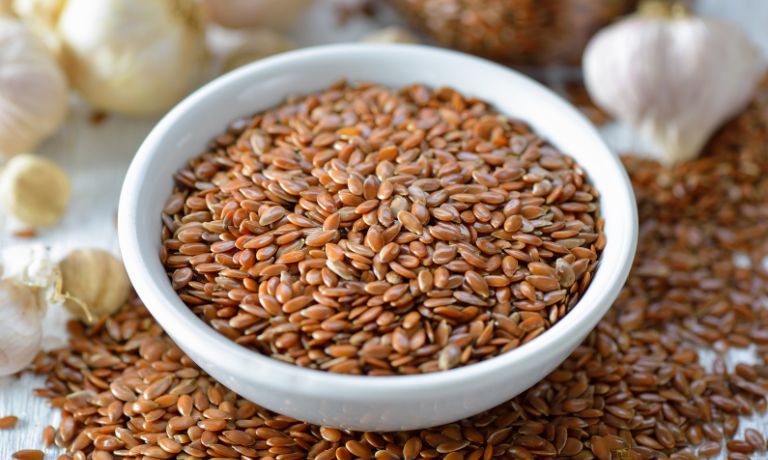
Sesame Seeds
Sesame seeds are tiny, oil-rich seeds with a nutty flavor and are used in various dishes.
They can be eaten raw or toasted in sauces, pastes, and desserts.
Sesame seeds can also be ground into flour for baking purposes.
Regarding cooking, sesame seeds can be used as a substitute for chia seeds.
Their nutty flavor is similar to that of chia seeds, and they are a great source of fiber, protein, minerals, and healthy fats.
Sesame seeds can also be added to salads or sprinkled over dishes like stir-fries or curries as an extra layer of flavor.
They can even be used as a topping for bread and crackers.
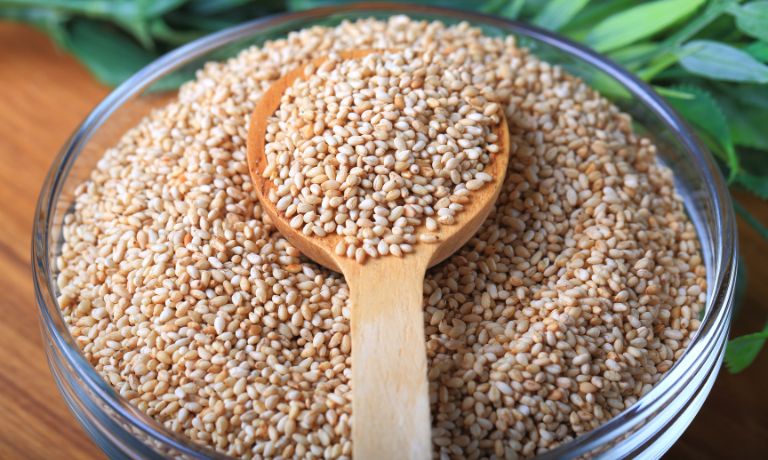
Poppy Seeds
Poppy seeds are small, blue-gray in color, and are derived from the opium poppy plant.
They have a nutty flavor that is popular in many baking recipes, including cakes, muffins, scones, breads and cookies.
Poppy seeds can also be used to top salads or yogurts and even eaten whole.
Poppy seeds are an excellent source of dietary fiber, minerals and antioxidants.
They are also a good source of essential fatty acids, such as alpha-linolenic acid (ALA) and omega-3 acids.
Poppy seeds can be used as a substitute for chia seeds in many recipes, including smoothies, salads, and baked goods, or as a topping for yogurt.
When using poppy seeds instead of chia in baking, it’s important to reduce the amount of liquid added to the recipe as it absorbs more liquid than chia.
You can also use a combination of poppy and chia seeds for added texture and nutrition.
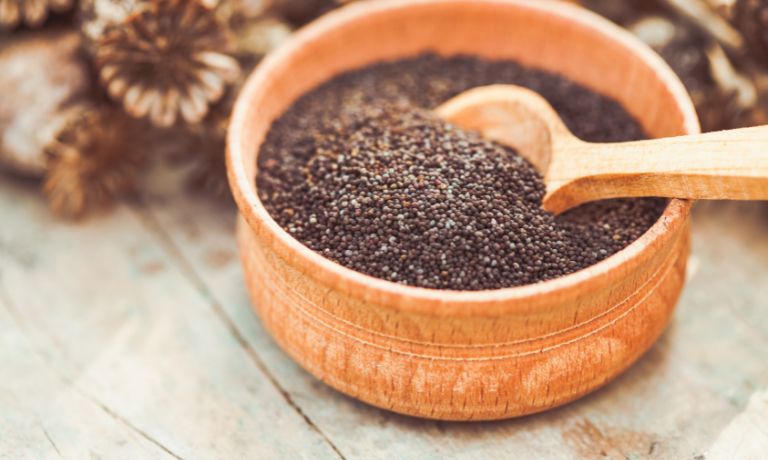
Hemp Seeds
Hemp seeds are a nutrient-rich source of plant-based protein, vitamins, minerals, and essential fatty acids.
They have an earthy but nutty flavor that can be used to replace chia seeds in many recipes.
Hemp seeds contain more essential fatty acids than chia seeds (especially omega 3s) and over 20 amino acids, vitamin E, magnesium, and zinc.
They also contain high amounts of fiber and protein.
Hemp seeds can be used in various ways, including toppings for salads and oatmeal, mixed into smoothies or yogurt bowls, blended into hummus or pesto sauces, or even added to baked goods like muffins and cookies.
They can also be used in savory dishes like stir-fries and casseroles or as a substitute for chia seeds in recipes like chia pudding.
Hemp seeds are an excellent plant-based source of nutrition that makes a great alternative to chia seeds in cooking.
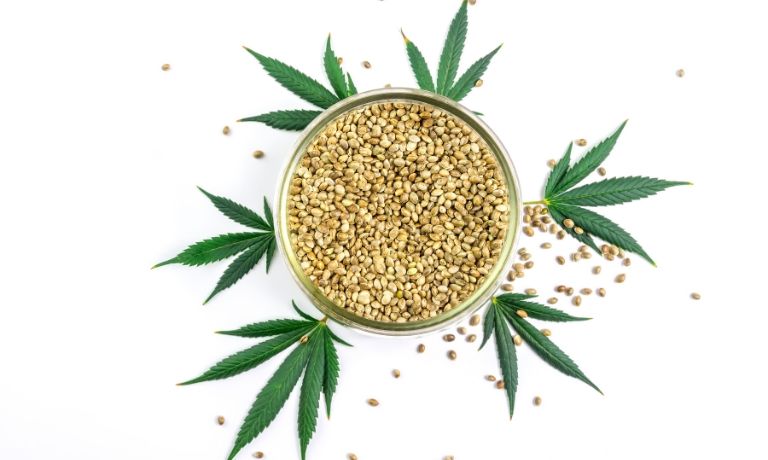
Sunflower Seeds
Sunflower seeds are edible kernels of the sunflower plant.
They have a mild, nutty flavor and are most commonly enjoyed as snacks or added to salads, cereals, or baked goods.
Sunflower seeds can also be used in cooking as a nutritious alternative to other popular seed options, such as chia seeds.
Sunflower seeds contain high amounts of protein, fiber, and healthy fats.
They are also rich in minerals such as iron, zinc, magnesium and phosphorus, which provide many health benefits.
Sunflower seeds can be used as a substitution for chia seeds in recipes or eaten alone as a snack option.
Sunflower seed butter is becoming increasingly popular due to its smooth texture and sweet taste.
It is a great alternative to nut butter and can be used as a spread or in baking recipes.
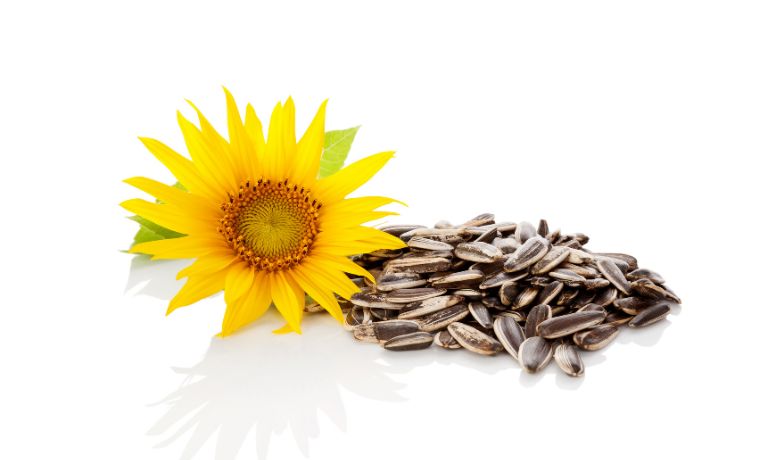
Wheat Germ
Wheat germ is a type of whole grain that can be used in cooking as an alternative to chia seeds.
Wheat germ is high in fiber, protein, and other nutrients like vitamin E, zinc, magnesium, and folate.
When cooked or baked into recipes, wheat germ adds a nutty flavor while adding texture and nutrition.
It can be sprinkled on top of breakfast cereal, added to smoothies, or used as a coating for fish and chicken.
Wheat germ is also great in baked goods such as muffins and bread. Its nutty flavor pairs well with all kinds of ingredients, making it versatile for many recipes.
It’s also a great addition to vegetarian dishes, providing many of the same health benefits as chia seeds.
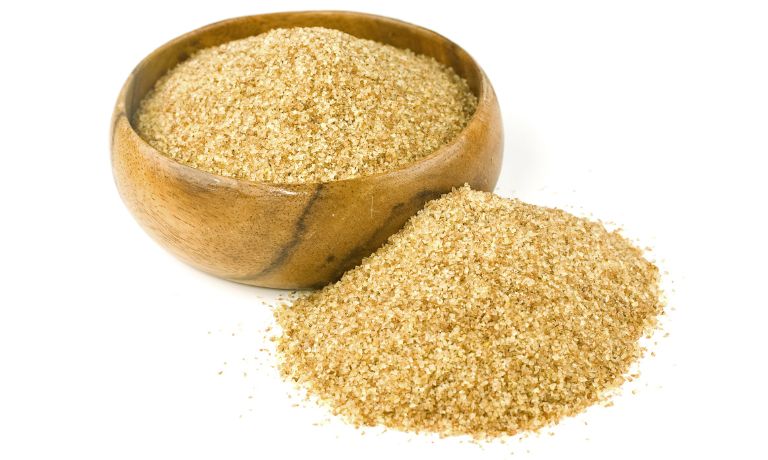
Pumpkin Seeds
Pumpkin seeds, sometimes called pepitas, are the edible seeds of pumpkins and other types of squash.
They have a mild nutty flavor and can be used in sweet and savory recipes.
Pumpkin seeds are rich in essential vitamins, minerals and healthy fats, making them a nutritious substitute for chia seeds in cooking.
In baking, pumpkin seeds can be used as a crunchy topping for muffins and breads, or as an added texture to granola bars.
They can be sprinkled over salads and soups or blended into nut butter and dips when roasted.
The mild flavor of the seeds lends itself well to many cooked recipes, such as stir-fries, stews and casseroles.
Pumpkin seeds also have more zinc than chia seeds, making them a good choice for vegetarians and vegans with zinc deficiencies.

FAQs
Can You Consume Chia Seeds That Haven’t Been Soaked?
Yes, you can consume chia seeds that haven’t been soaked.
Chia seeds do not need to be soaked before consumption and are safe to eat raw.
What Else May Be Added To Overnight Oats In Place Of Chia Seeds?
Some other great options for adding overnight oats instead of chia seeds include ground flaxseed, hemp hearts, and nuts like almonds or walnuts.
Can Chia Seeds Be Used In Place Of Flaxseed?
Yes, chia seeds can be used instead of flaxseed in many recipes.
Chia seeds contain more dietary fiber and antioxidants than flaxseed, offering a health benefit.
Conclusion
Chia seeds are a nutrient-dense food that can be used in many different recipes.
However, other options are available if you’re looking for a substitute for chia seeds that still provides the same health benefits.
Flaxseed meal, sesame seeds, poppy seeds, hemp seeds, sunflower seeds, pumpkin seeds, and wheat germ are all good alternatives to chia seeds in cooking and baking.
Each option offers unique nutritional benefits and flavor profiles to suit your needs.
Ultimately, deciding which one works best for your diet and lifestyle is up to you.

